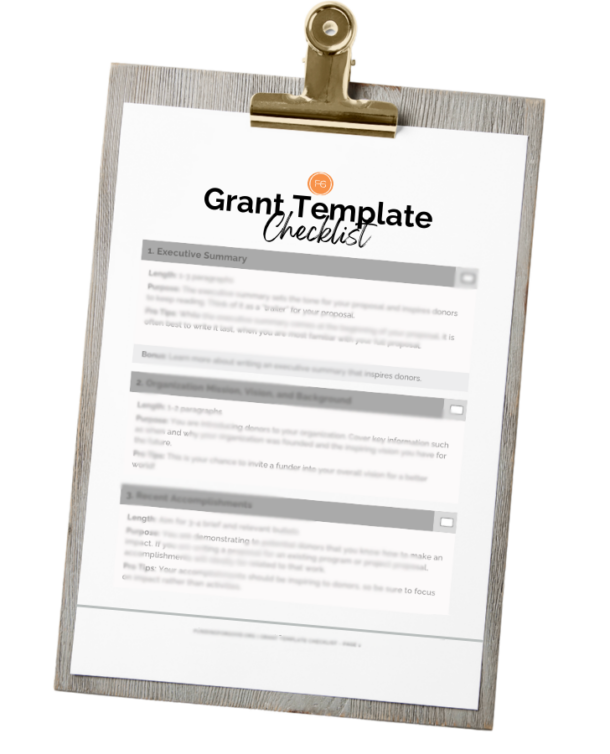Avoiding conflicts of interest is important. This week has been beyond busy at my nonprofit as we launch summer programs. It seems that every time I turn around something in our office/dorm space needs to be repaired, a computer needs to be purged of a virus, or a professional contractor has to back out of a project at the last minute.
When life happens, nonprofit staff members are forced to throw on their problem solving hat and search for a creative solution to the crisis. The easiest course of action is to pick up the phone and call in a favor with someone you trust and have a relationship with already.
While this is often the most convenient and logical approach, it is important to run a quick “Conflicts of Interest Test” to make sure you don’t jeopardize your professional reputation. You might have heard the cliché “don’t do anything bad or anything good that appears to be bad!”
In the nonprofit world the mere appearance of conflicts of interest can damage your personal and professional reputation even if the conflict didn’t exist in reality. Community perception and trust is everything.
Three Tips for Transparency:
1. Friends and family- If you call in a favor and your friends and family are willing to lend a hand at no cost, there is most likely not a conflict of interest. If payment is requested, staff should defer to the Board of Directors or a specific committee on the board to make the final call. Be prepared to explain why your friend/family is the best option:
-
- They have the skill set needed to get the job done
- They will complete the job at a significantly lower rate of pay
- They will be more flexible in addressing the crisis by working outside of regular hours, weekends, etc.
- Vested Interest– It is important for staff and board members to clearly state or provide a list of any conflicts of interest that might arise.
For example, our nonprofit was recently evaluating a potential community partnership that involved a financial investment. One of our board members also sits on the board of the proposed partner organization. It was important for the board member to call attention to the potential conflict of interest, offer any comments on the advantages/concerns of the partnership as requested by our board, and then recuse himself for the final vote.
3. Purse Strings– We all know how important it is to build strong relationships with donors and apply their funds to the areas of interest they specify. Respecting a donor’s wishes as it relates to fulfilling the organization’s mission is paramount. However, when the donor requests that the organization use funds to promote a personal agenda or prejudice, you are straying into dangerous territory. It is so important to maintain financial transparency while securing dollars to fund your organization’s mission.
I particularly appreciate how my Board of Directors proactively developed a formal policy outlining our organization’s “General Operating Standards.” This policy clearly outlines our values, establishes a code of conduct, and prohibits discrimination based on age, race/ethnicity, gender, religion, sexual orientation, or disabilities. Not only does the policy require that our staff adhere to the policy, it requires everyone who volunteers for or participates in our programs to practice the same code of conduct while engaging with or representing our organization.
While we are grateful for all of our many generous donors and respect the fact that everyone is entitled to their own views and convictions, we always ensure that our mission and strategic plan dictate exactly how funds are spent.
Conflicts of interest are always around the corner, but if your staff and board can work together to identify potential conflicts and establish procedures for navigating potentially tricky situations, your organization is one step ahead of the game.
Embezzlement – How to Avoid it at Your Nonprofit
Responsibly Portraying Sustainability Beyond the Grant
Nonprofit Policy and Procedures to Protect the Organization

